A new synthetic methodology for the catalytic C–H functionalisation of 2-pyrones is described in this Dalton Transactions ‘Hot Article’. Insight into the reaction mechanism which provides rapid and efficient entry into fused furanopyrone products, regioselectively, is given by the team from the University of York in the UK.
 READ FOR FREE! Until November 19th.
READ FOR FREE! Until November 19th.
Pd-catalysed regioselective C–H functionalisation of 2-pyrones
Michael J. Burns, Robert J. Thatcher, Richard J. K. Taylor and Ian J. S. Fairlamb
Dalton Trans., 2010, Advance Article











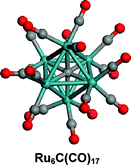
 David G. Johnson, Jason M. Lynam, John M. Slattery and Christine E. Welby
David G. Johnson, Jason M. Lynam, John M. Slattery and Christine E. Welby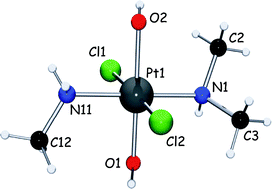 The preparation and characterization of trans-platinum(IV) complexes with unusually high cytotoxicity
The preparation and characterization of trans-platinum(IV) complexes with unusually high cytotoxicity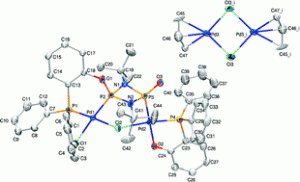 Transition metal chemistry of cyclodiphosphanes containing phosphine and amide-phosphine functionalities: Formation of a stable dipalladium(II) complex containing a Pd–P σ-bond.
Transition metal chemistry of cyclodiphosphanes containing phosphine and amide-phosphine functionalities: Formation of a stable dipalladium(II) complex containing a Pd–P σ-bond.![DT-1 Computational study of ethene hydroarylation at [Ir(κ2-OAc)(PMe3)Cp]+](https://blogs.rsc.org/dt/files/2010/10/DT-1-300x111.jpg)
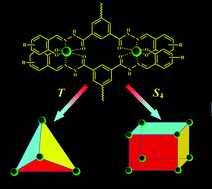 A symmetry-controlled and face-driven approach for the assembly of cerium-based molecular polyhedra
A symmetry-controlled and face-driven approach for the assembly of cerium-based molecular polyhedra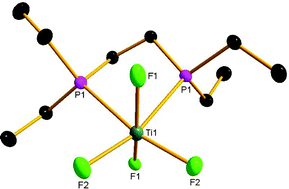 Taking TiF4 complexes to extremes – the first examples with phosphine co-ligands
Taking TiF4 complexes to extremes – the first examples with phosphine co-ligands